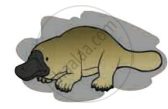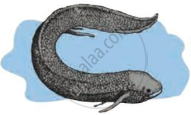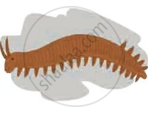Advertisements
Advertisements
Question
Name two animals having homologous organs and two having analogous organs. Name these organs.
Solution
Lizards and frogs have homologous organs; their forelimbs are homologous.
Insects and birds have analogous organs; their wings are analogous.
APPEARS IN
RELATED QUESTIONS
Given below is the list of vegetables available in the market. Select from these the two vegetables having homologous structures:
Potato, sweet potato, ginger, radish, tomato, carrot, okra (Lady’s finger)
(A) Potato and sweet potato
(B) Radish and carrot
(C) Okra and sweet potato
(D) Potato and tomato
With the help of any two suitable examples explain the effect of anthropogenic actions on organic evolution.
Complete the following chart:

Explain any three molecular (genetic) evidences in favour of organic evolution.
Short answer question.
Give the significance of fossils.
Match the following.
| Column A | Column B |
| 1) Morphological evidences | a) Tail-bone or wisdom teeth |
| 2) Paleontological evidences | b) Leaf venation |
| c) Fossils |
Write the answers to the questions by observing the figure below.
 |
 |
 |
| (a) | (b) | (c) |
- Write the name of the animal ‘(a)’ in the figure.
- Write the name of the animal ‘(b)’ in the figure.
- Write the name of the animal ‘(c)’ in the figure.
- Which evolutionary evidence is illustrated by this figure?
- Write the definition of that evidence for evolution.
What were the characteristics of life forms that had been fossilised?
How do we compute the age of a rock?
Evolutionary convergence is the development of a ______.
